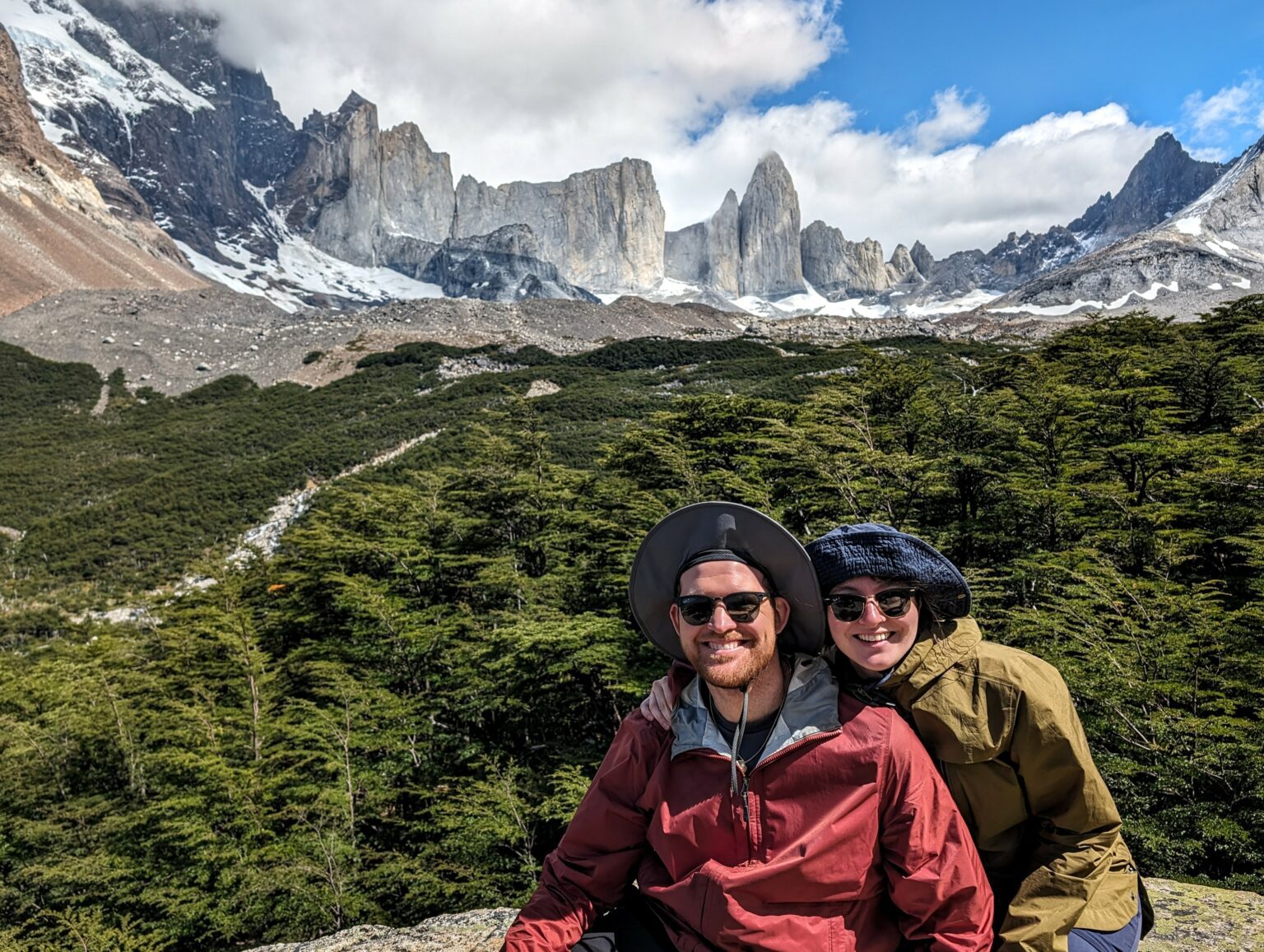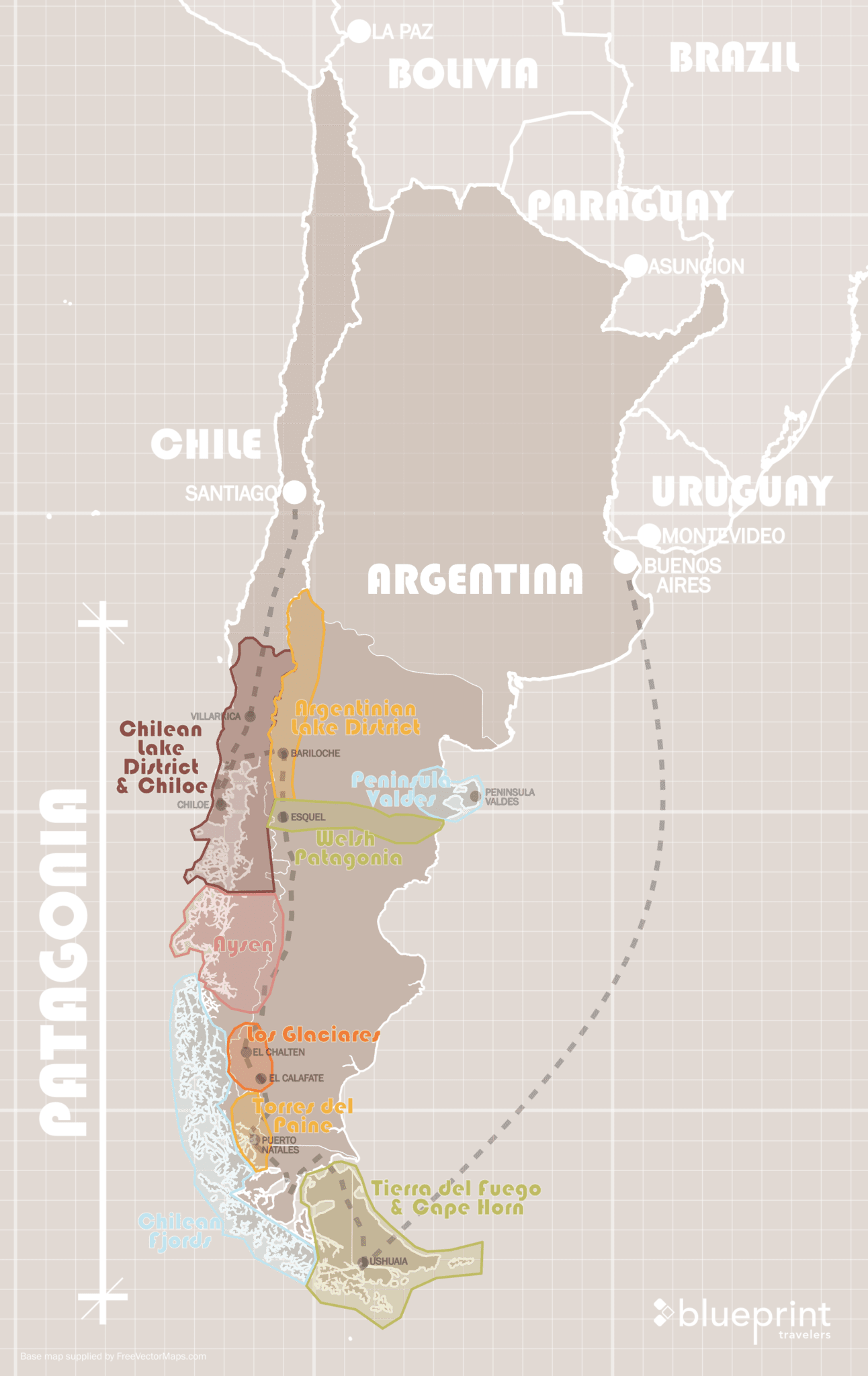Patagonia has been an incredible place to explore over two (plus) months, ranging from the sea, to the mountains, to the lakes, to the rivers, and to the volcanoes. However, it was hard to understand why Patagonia was such an emblematic region of South America because I could not wrap my head around what Patagonia truly is.
Why Is Patagonia a Dedicated Region in South America
Spanning the south of both Argentina and Chile, this region is unique because it was initially designated as land for the native populations in this area. Because it was challenging to traverse, it was not as desirable to western colonizers. However, as time went on, the countries took over the land, splitting it up along the Andes mountain range between Chile and Argentina. (There are still disputes over the delineation of land between Chile and Argentina over the ice and glacier fields in Southern Patagonia as well as outstanding indigenous land claims to parts of the region.)
And while the landscapes are remarkable and unique, what set it over the edge for us was the culture. With an indigenous culture that has persisted for longer than in other areas of South America, our appreciation for this area intertwines the beautiful and varied landscapes with the indigenous customs that are still integrated in this region’s society today.
The Food of Patagonia
One strong example of this is in the food preparation in different parts of the region. For example, in the Lakes Region of Chile, a local dish and cooking method is the curanto. A hole is dug into the ground and burning coals are placed at the bottom. Above it, meat, seafood, and vegetables are sandwiched between leaves and the hole is covered with wet sacks to keep in the heat and create a pressure cooker. After several hours, the dish is ready! You can learn more about the curanto cooking method as well as some other traditional foods, including lamb and seafood, from the distinguished chef, Francis Mallmann, in his “Chef’s Table” episode on Netflix.
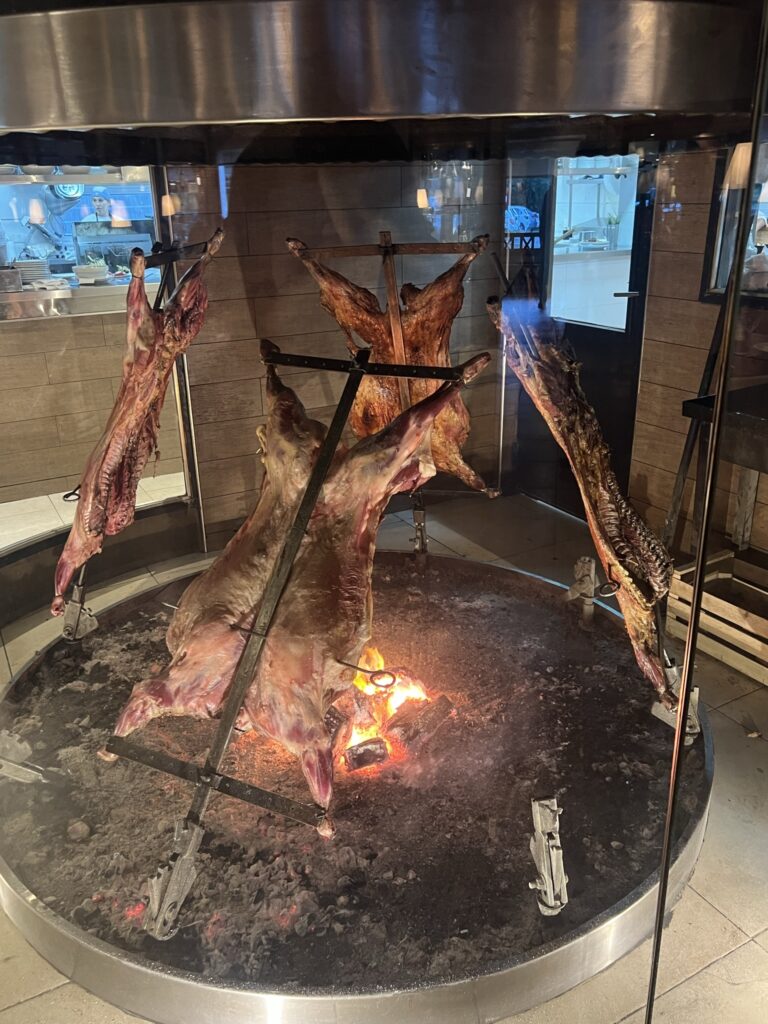
Of course, we could always find an empanada! But the strength of the cuisine highlighted the fresh ingredients found locally. For the areas along the coast, these empanadas could be filled with fish or crab, whereas those inland have meat and corn cooked in distinct ways.
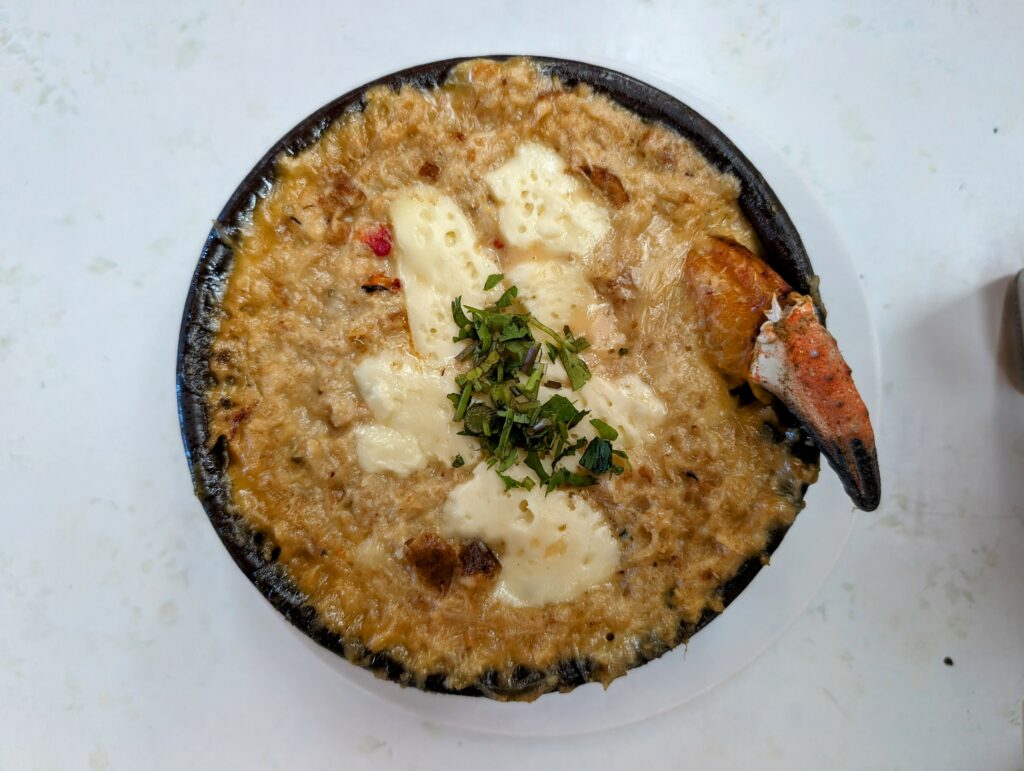
In addition, Northern Patagonia in Chile had a strong representation of their indigenous ancestry, apparent in their food and celebrations. For example, in Villarrica, we were looking to eat food by the indigenous community. In Google, we searched for a “Mapuche Restaurant” and the results that returned were of the local Chilean restaurants in town with food such as sopapilla or cazuela. The integration in some of these towns is so strong that there is little distinction between Chilean and Mapuche cuisine.
The Activities through the Landscapes of Patagonia
The possibilities within the Patagonia landscape are as varied as the landscapes themselves. A center for adventure activities, you can truly find whatever type of activity you are looking for, summer and winter alike.
Atlantic Patagonia
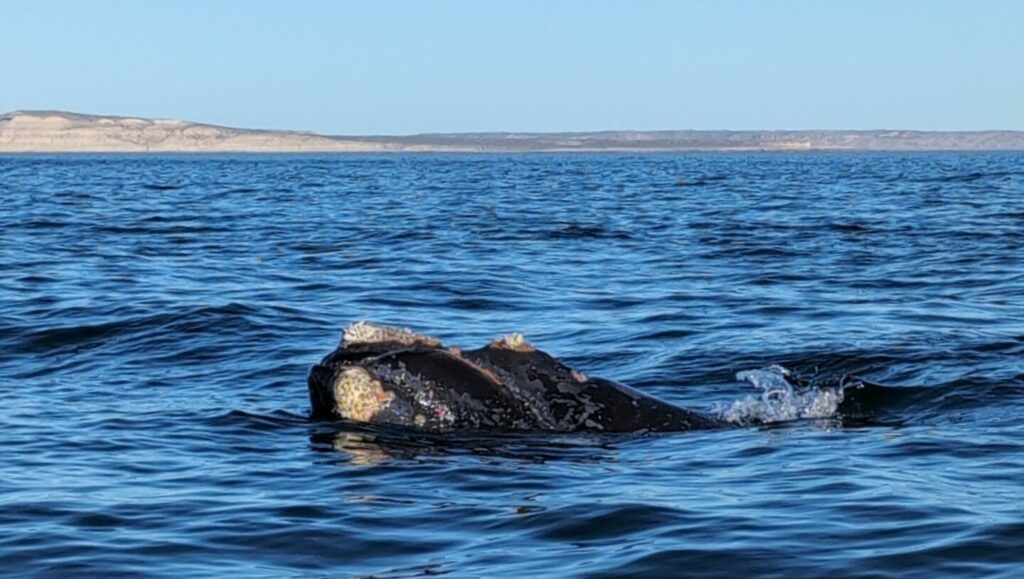
We started our Patagonia journey with a quick visit on the Atlantic coast of the Valdes Peninsula (read more here). While the land is a flat, barren landscape, the ocean and coastline is full of wildlife. We had the opportunity to see whales playing with their babies, walk with penguins, and observe seals basking in the sun on the beach. It was our first glimpse into the magic that the Patagonia region could provide.
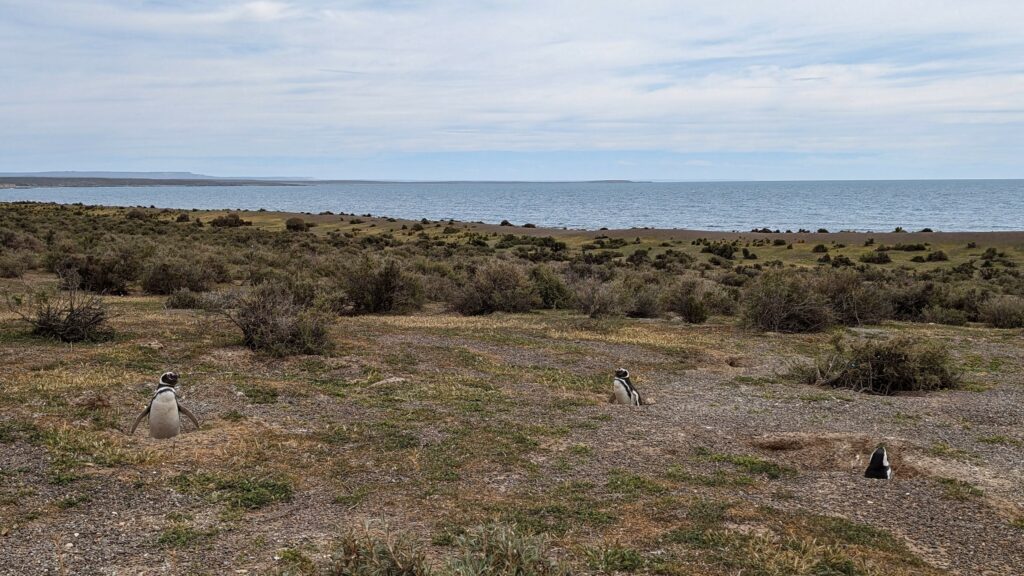
Southern Patagonia
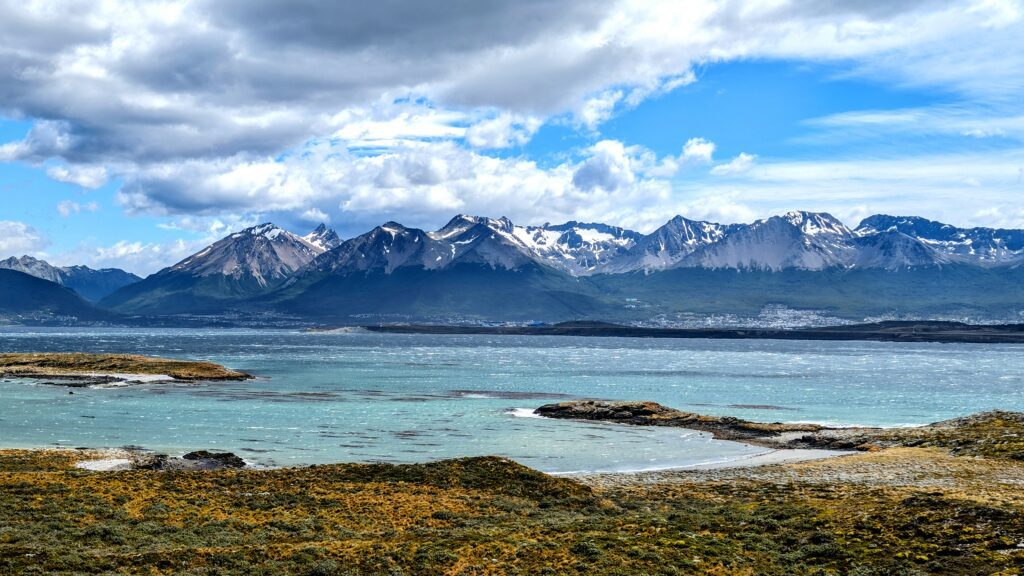
The Southern Patagonia region has a stronger focus on mountain and glacier activities, due to the landscape in this area. Here, we pushed our bodies to the limit, hiking on land and glaciers in Ushuaia, Torres del Paine, El Calafate, and El Chalten. While we loved the challenges, we felt that this area was really driven by tourism, and as a result, the areas catered to the European and United States tourists that were attracted to these towns.
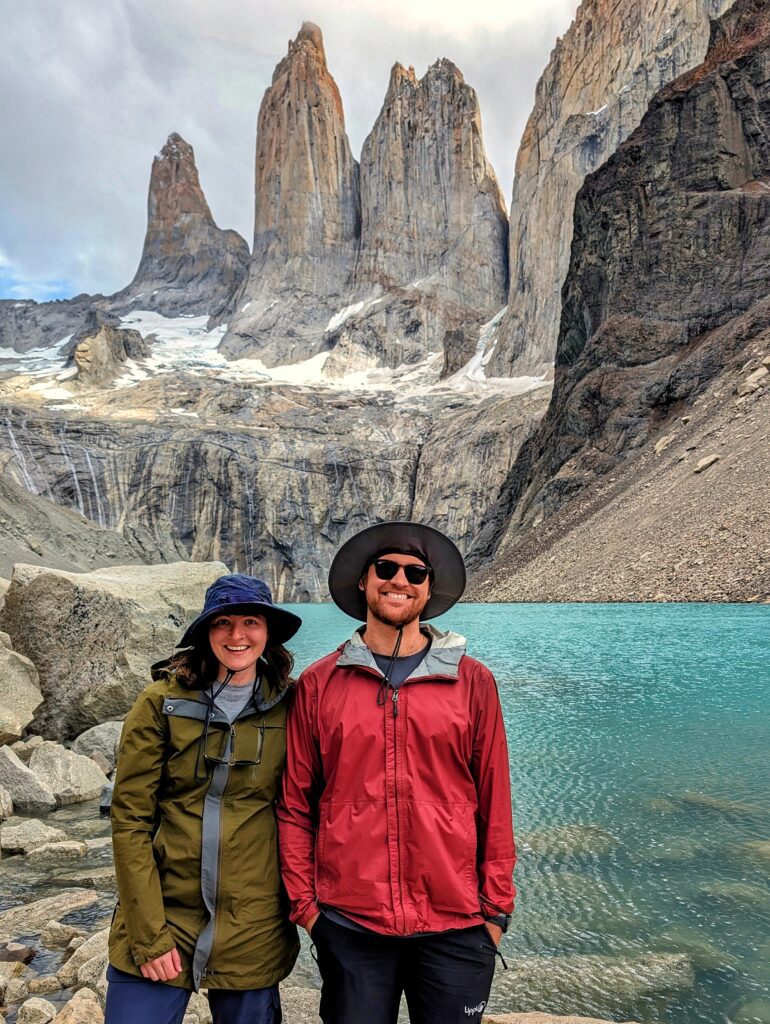
Mountaineering has largely been dominated by the European community and when trying to pursue the Andes Mountains, it was Europeans who primarily traversed the glaciers and climbed the summit of mountains, which is why many of the names of towns and mountains are European. This has flowed into today where many of the people hiking, camping, and climbing in this region are from Europe.
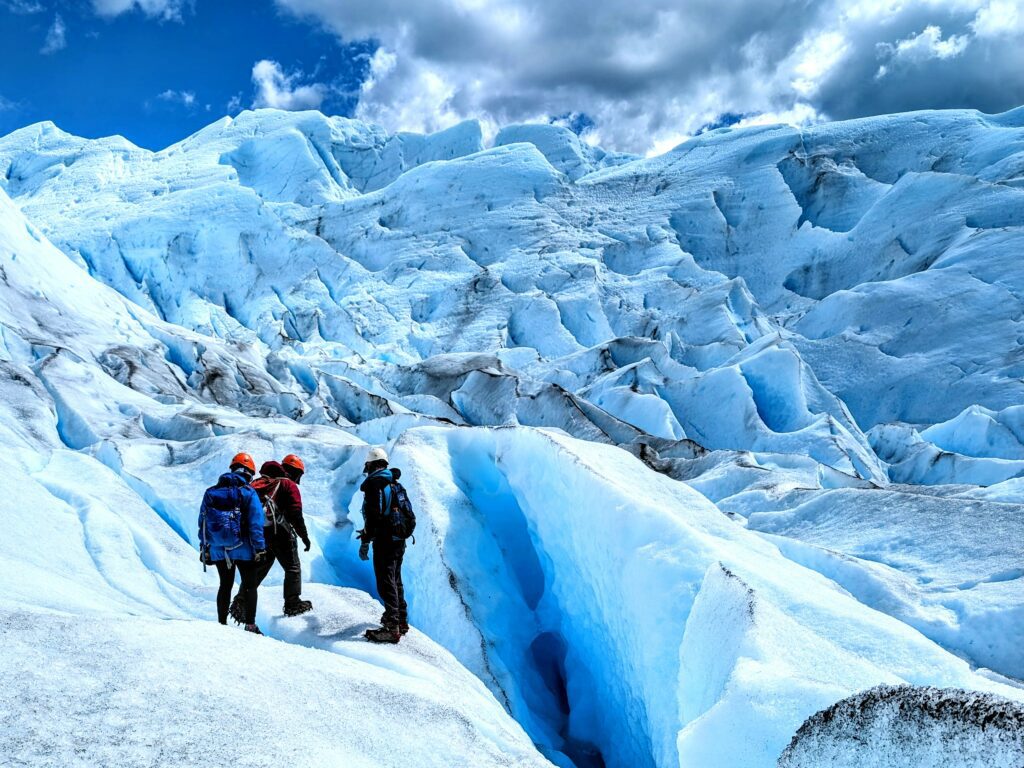
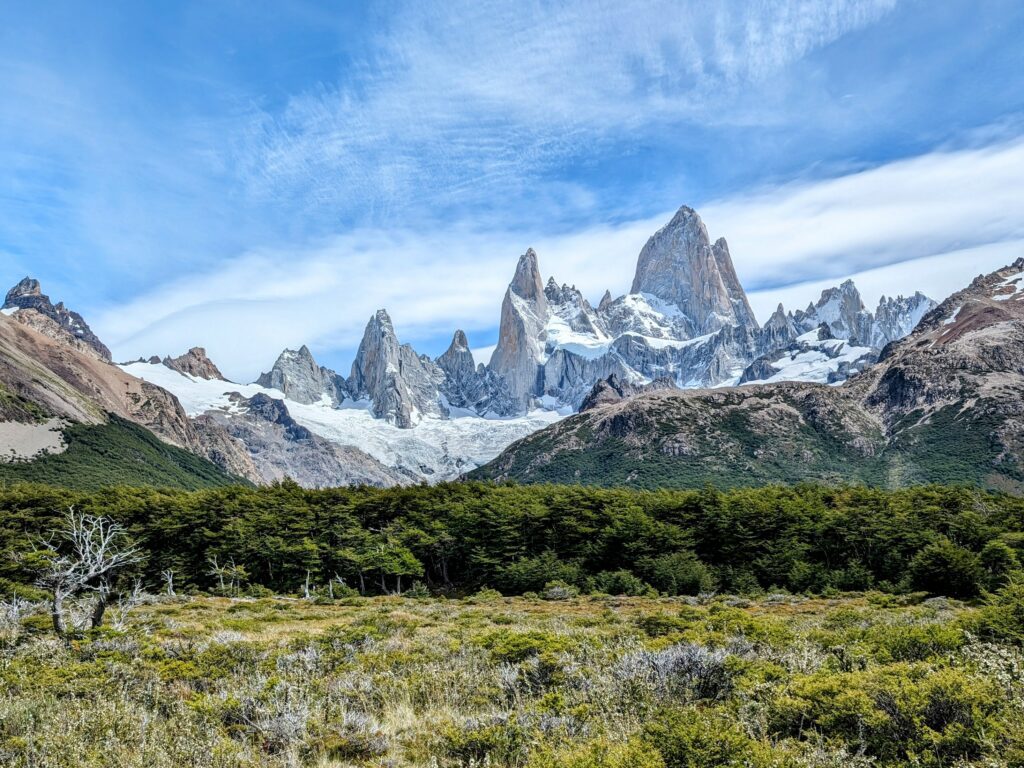
Northern Patagonia
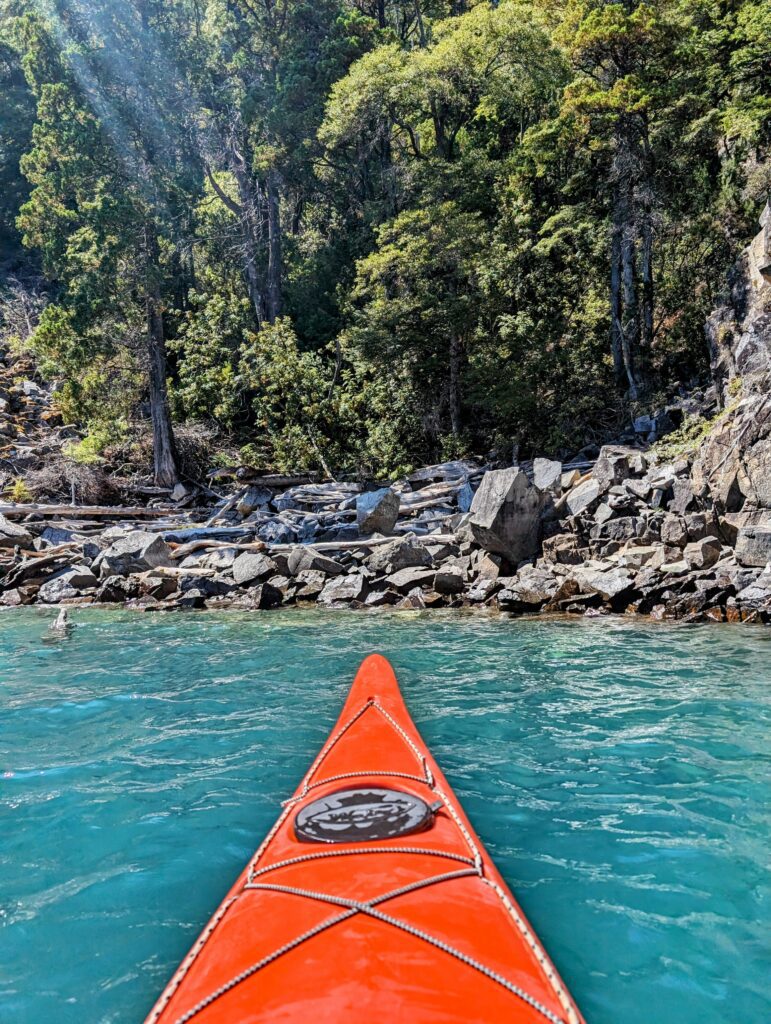
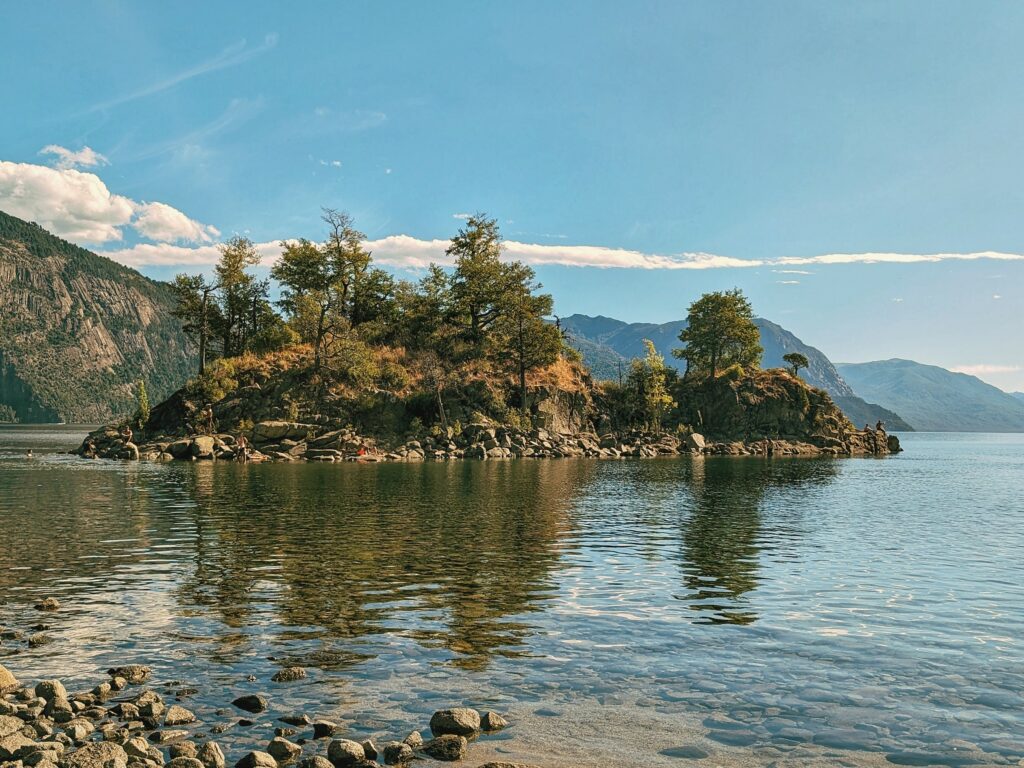
As we moved north and the focus pivoted from the mountains to the lakes, the activities that we participated in varied and the tourists it attracted included more Argentine and Chilean visitors. We had the opportunity to kayak in Lago Puelo, bike in Bariloche, road trip through lakes, and immerse ourselves in hot springs all within the same area and town sometimes. This variety was more enjoyable to us and we also appreciated the places that the locals valued to visit and tour.
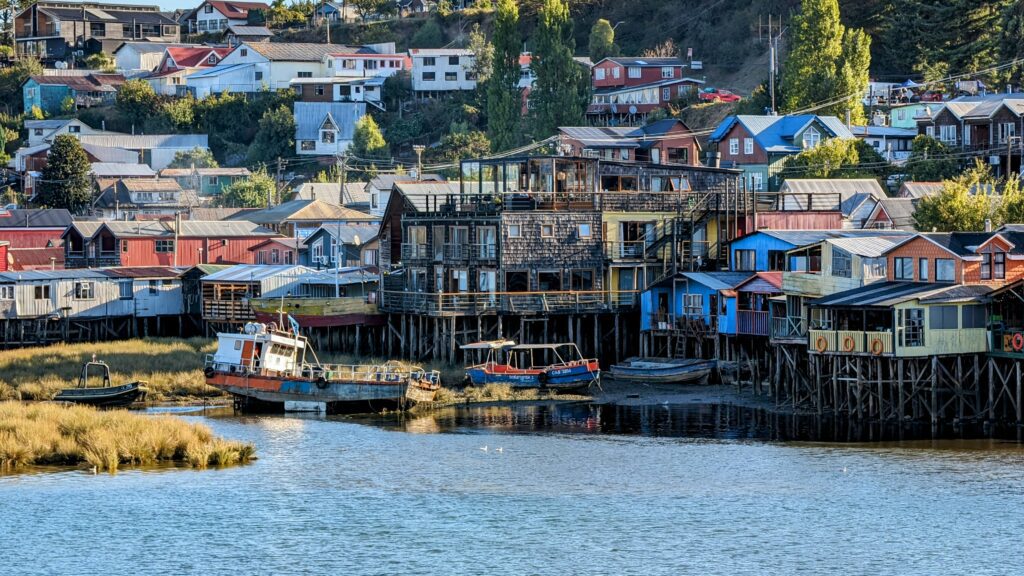
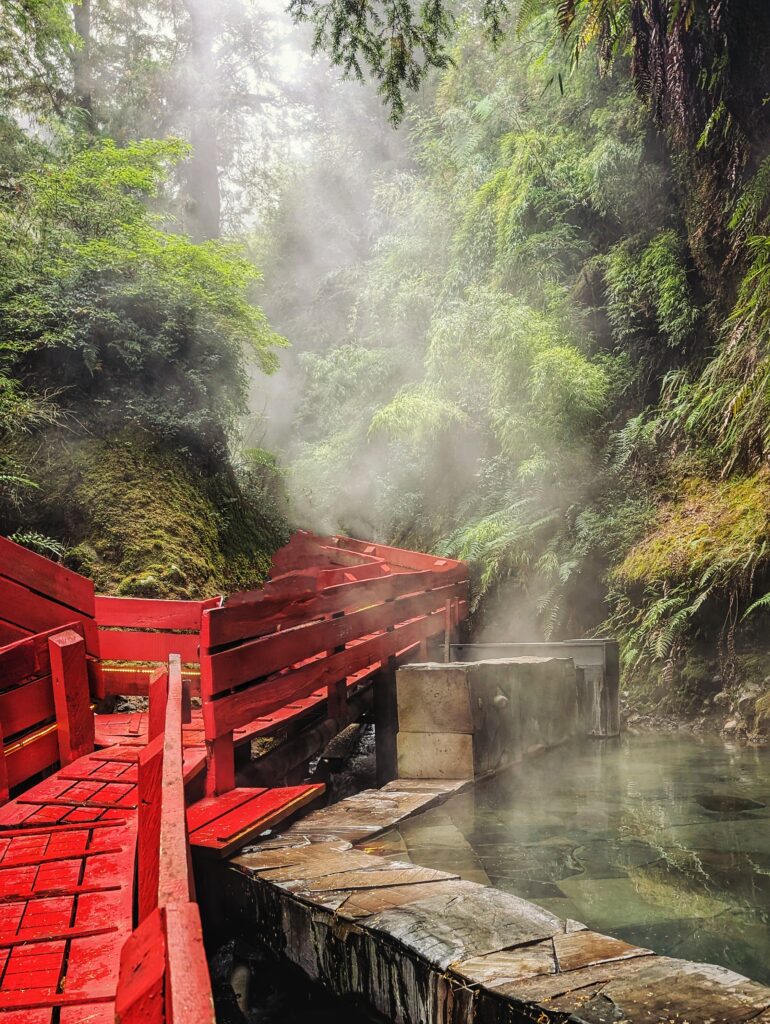
The Patagonia region was a strong reason that we wanted to leave on this longer adventure and travel full-time. The more we researched the region, the more we realized that two weeks (the vacation time we had in the United States) was just not enough to do the region justice in the variety that we were looking to experience. Although we spent the summer exploring the region, we know that there are some places that we could not get to and are excited to return to explore in the future. In the end, we realized that there truly is something for everyone in the area of Patagonia. And while it can be broken down into two-week chunks, the magic of the region is the collective.

